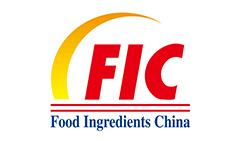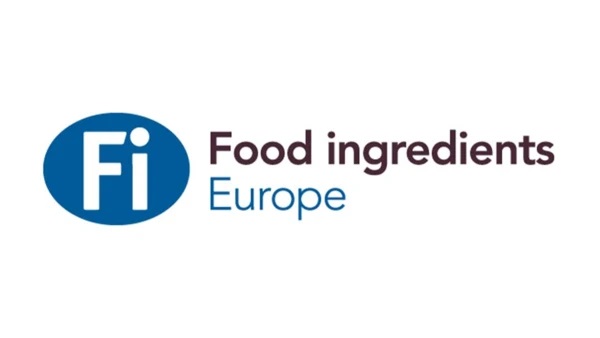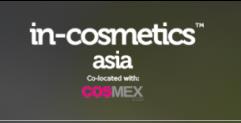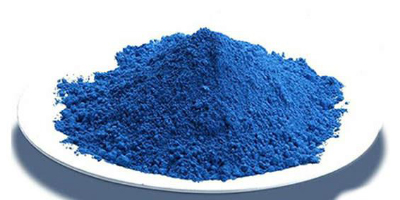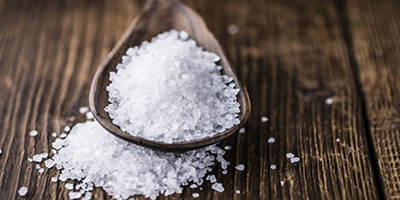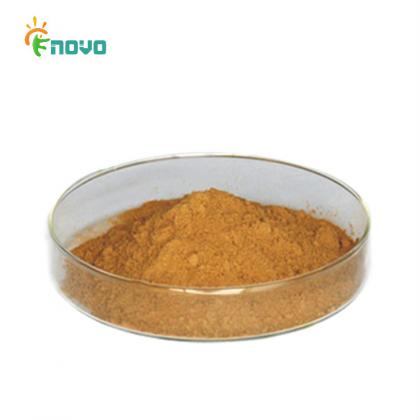We are excited to participate in Hi Japan 2023 from October 4th to October 6th, 2023, at Tokyo Big Sight Exhibition Center. Visit us at booth 1-195 to explore cutting-edge nutritional and health supplements. As a leading developer and manufacturer in the industry, Keynovo specializes in top-quality nutritional and health food products. Our commitment to innovation and stringent quality control ensures offerings that meet high standards and diverse consumer needs. Engage with our knowledgeable team and discover enriched products promoting overall well-being. From supplements to health-focused snacks, our showcase offers solutions for a balanced lifestyle. For more, visit www.keynovobiotech.com or contact
[email protected].

 English
English











